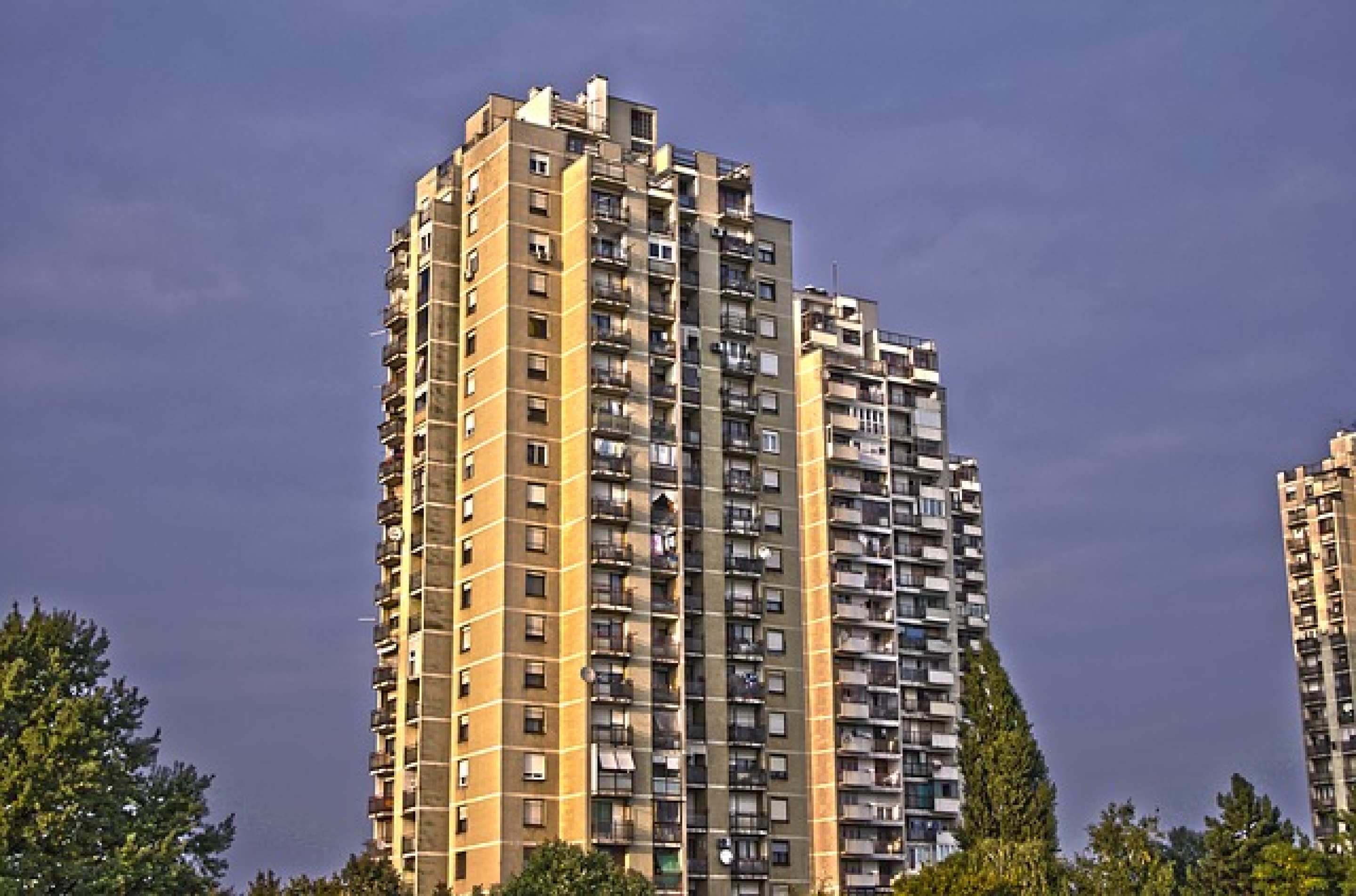Chinese investment in residential real estate just two percent
Chinese investment is often blamed for driving up house prices, but research by Professor Hans Hendrischke and Dr Wei Li suggests otherwise.

The scale of Chinese investment in the Australian residential property market continues to polarise public opinion. Chinese buyers are often blamed for driving up house prices in Australia and causing the current affordability crisis.
However, Chinese offshore purchases are surprisingly low. Based on Foreign Investment Review Board (FIRB) approval figures, ABS data, and our own data on actual Chinese investment in commercial real estate, we estimate Chinese residential real estate investment totals around 2% of all residential real estate transactions in Australia. We define “Chinese investors” in legal terms as those who require FIRB approval for their residential property purchases.
This figure is obtained by dividing estimated Chinese investment volume in residential real estate by the total volume of residential real estate transactions. For the financial year 2013-14, based on FIRB statistics, we estimate residential property investment by Chinese investors was A$5.8 billion. This is consistent with KPMG/University of Sydney (USYD) data on actual Chinese investment in Australia.
According to the Australian Bureau of Statistics, the total sales value of residential property in Australia for the same period was A$258 billion.
Residential vs commercial
We estimate residential property investment made by Chinese investors is A$5.8 billion for the financial year 2013-14. This figure is an estimate because FIRB data for each country only list the total value of approved real estate investment without differentiating between commercial and residential real estate.
The split between commercial and residential real estate is only available for the overall investment approved for all foreign countries. For 2013-14, the ratio between commercial and residential real estate was 53 to 47. Applying this ratio to the total approved volume of Chinese real estate investment of A$12.4 billion, we obtain an estimate of A$5.8 billion for residential investment and A$6.6 billion for commercial real estate investment.
It is important to keep in mind that FIRB approval figures are generally higher than actual investment figures. For commercial real estate investment the KPMG/USYD database shows that actual investment volume was A$4.4 billion in the 2014 calendar year, which is lower than the FIRB approval figures.
Foreign investment in Australian real estate 2013-14
| Total FIRB approved foreign investment (A$m) | FIRB approved Chinese investment (A$m) | Percentage | |
| Total real estate | 74,590 | 12,406 | 100% |
| Residential real estate | 34,720 | 5,774 * | 47% |
| Commercial real estate | 39,900 | 6,632 * | 53% |
Source: Foreign Investment Review Board Annual Report 2013/2014
Total sales value of residential property
For the financial year 2013-14, the ABS recorded 482,720 property transfers. The average price of residential properties in Australia increased by 6.3% from A$516,300 in the September 2013 quarter to 548,900 in the June 2014 quarter. Using ABS quarterly Residential Property Price Indexes data, we obtain a total sales value of residential property in Australia of A$258 billion.
Total sales of residential property
| Quarter | Number of transfers | Average price | Total sales (A$m) |
| Total | 482,720 | - | 258,164 |
| Dec-13 | 127,603 | $533,700 | 68,102 |
Jun-14 |
120,162 |
$548,900 |
65,957 |
Mar-14 |
115,137 |
$540,600 |
62,243 |
Sep-13 |
119,818 |
$516,300 |
61,862 |
Source: Australian Bureau of Statistics, Residential Property Price Indexes: Eight Capital Cities
The scale of Chinese investment
Based on FIRB data, overall foreign investment accounts for 13.4% percent of total residential real estate investment, while Chinese residential investment in the Australian real estate market lies near the 2% mark.
Foreign investment share 2013-14
- |
A$ million |
Percentage |
Total market volume |
258,164 |
100% |
FIRB total foreign residential investment |
34,720 |
13.4% |
FIRB Chinese residential investment estimate |
5,774 |
2.2% |
Source: Author calculated based on FIRB and ABS data
These estimates are aligned with the NAB Quarterly Australian Residential Property Surveys. These show demand by all foreign buyers fluctuating between 12.5% and 10.2% for new properties and 8% and 7.2% for established properties for FY 2013-14.
With declining economic growth and an increasingly weakening Australian dollar, the issue of foreign investment in the Australian residential real estate market will not subside in the foreseeable future.
Before suggesting Chinese investors are a major factor behind declining affordability, commentators should at least consider the data.
Information on Chinese investment in Australian real estate relies on data sets which are compiled for different purposes and produce a variety of different and sometimes incompatible results. The House of Representatives Standing Committee on Economics in its 2014 Report on Foreign Investment in Residential Real Estate highlights the discrepancy between official FIRB and ABS data and concludes that detailed information on Chinese investment in Australia’s residential property markets is not available.
But based on the data we do have, Chinese investment in Australian residential real estate accounts for just 2% of the total real estate sales volume. Chinese applicants for residential real estate investment approval account for one sixth or 16% of potential foreign real estate investors. This suggests the housing and housing affordability crisis will not be solved by a clamp-down on one group of buyers.
Professor Hans Hendrischke and Dr Wei Li are from the University of Sydney’s Business School. First published in the Conversation 14 September 2015.
